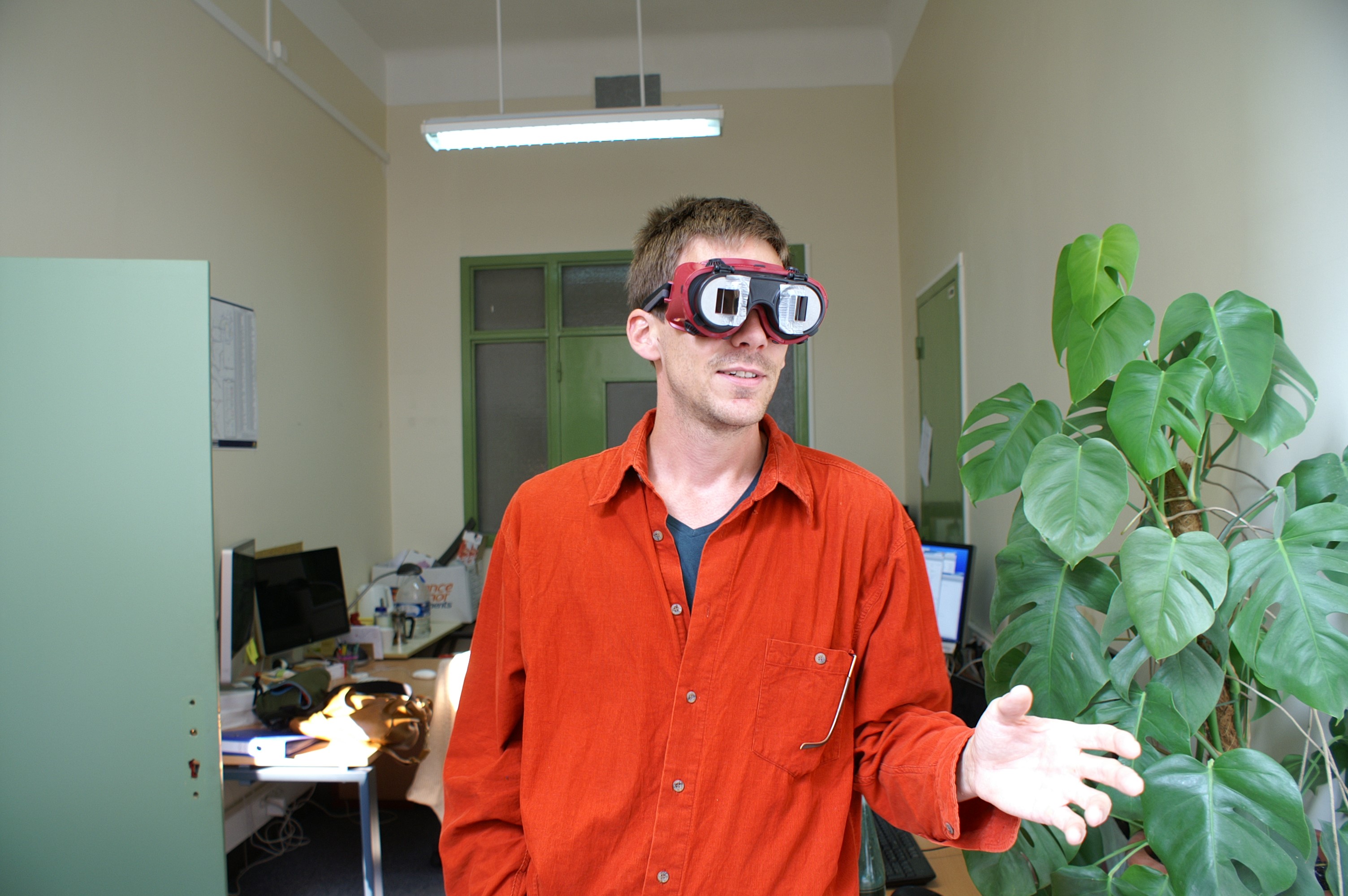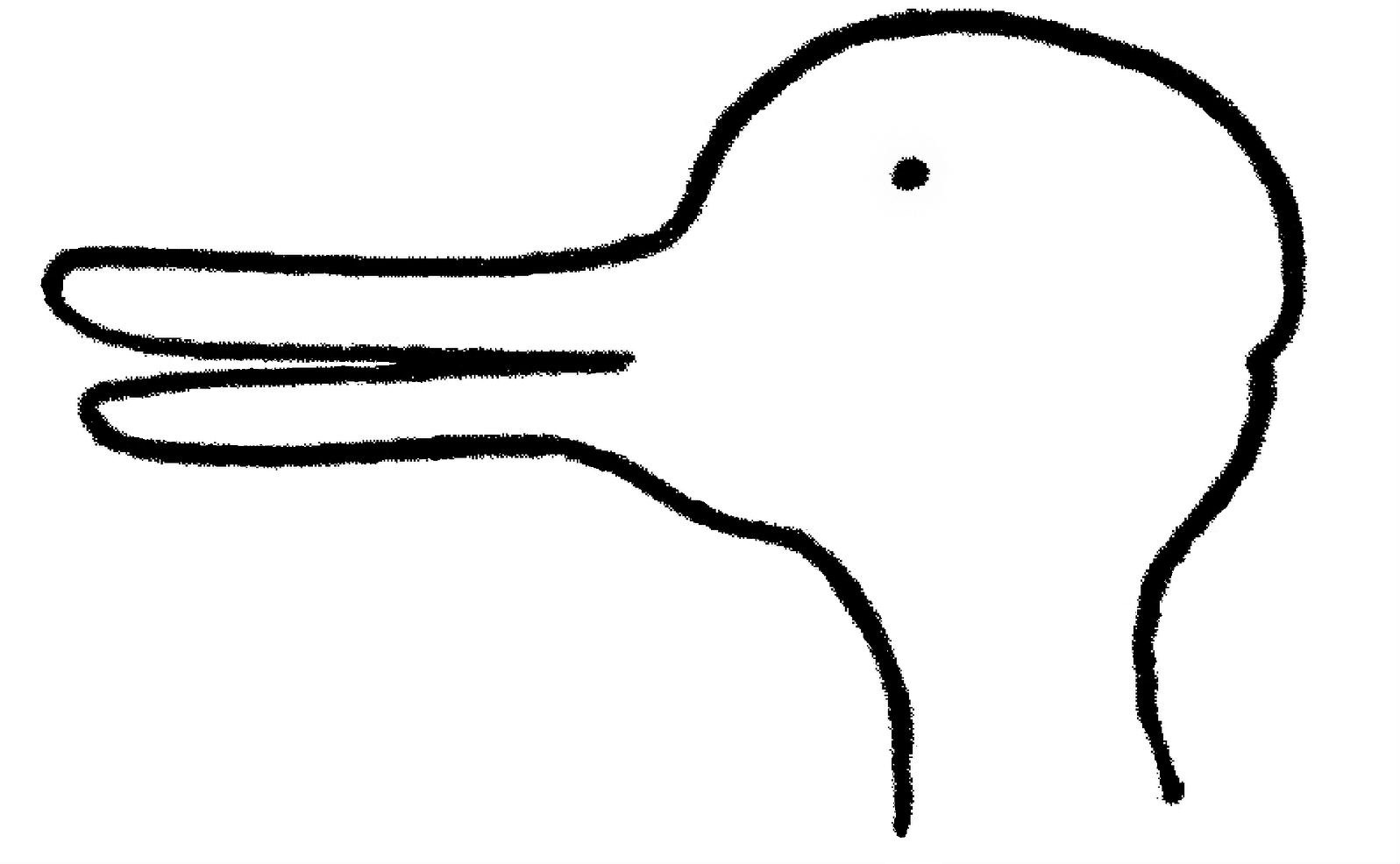HISTORICALLY, philosophers and scientists have thought about perception in terms of what it tells us about the world—its informational content. But a moment’s reflection reveals that there is more to it than that. “Something has been left out,” says philosopher Jan Degenaar, who works with Kevin O’Regan on the FEEL project.
What’s missing is an account of the phenomenal experience of perception—what it feels like. With its emphasis on our active engagement with the world, the sensorimotor theory aims to fill that gap by providing a language with which we can articulate what our experiences are like.
In a speech called “This is water”, American writer David Foster Wallace recounted the story of a fish who greets two younger fish with the words, “Morning boys, how’s the water?” The two young fish swim on for a bit before one says to the other, “What the hell is water?” Wallace’s point was that we are so well-adapted to our medium that we don’t perceive it any more. If we want to understand what it means to be human, we need to step outside it.
There is a long tradition of researchers doing just that, to try to understand the nature of perception. In the late 19th century, for example, American psychologist George Stratton sported a strange tube over one eye (the other eye was covered) that inverted the world left-right and up-down, to see how this radically altered world would look to him—and, importantly, if he could adapt to it. He found he could, albeit slowly and with difficulty, and he wrote up a detailed account of his experience, one interesting aspect of which was that different elements of the visual scene “righted” themselves at different times and in different contexts.
Others have performed similar experiments using slightly different approaches and reporting different results. Some describe partial or gradual adaptation, others wholesale flipping of the visual scene, so it’s still far from clear if there is one human way of relating to the world, or many. To help throw more light on the question, in 2011. Degenaar decided to perform his own “fish-out-of-water” experiment, and donned inverting glasses.
His glasses, which actually look more like goggles, place a right-angled prism in front of each eye, thereby inverting the left and right sides of space. He wore them for four hours a day, on average, for 31 days. To begin with, he saw double and felt nauseous. He would repeatedly fail to grasp an object he could see, finding it impossible to correct for the visual inversion. But the most disturbing aspect of all, he says, was his sense of instability: each time he moved his head, the visual scene rushed past him and he couldn’t track anything in it.
Gradually, he adapted. By day four, he was able to cook a simple meal. By day 13, the visual instability had gone away. Two days after that, he ventured out into the streets of Groningen, where he was a PhD student at the time, armed with a white stick for his own and passer-bys’ protection. On the 30th day something strange happened: he could be looking at a scene, not moving his head or eyes, and he would suddenly be aware of a change in it, even though nothing had moved. A few seconds later it changed back to what it had been. “It was like a Gestalt switch, like one of those ambiguous images—the duck/rabbit or Necker cube—that you switch between seeing in different ways,” he says. Being able to switch between two possible ways of seeing the world felt both natural and exhilarating.
There are parallels in his experience to the thought experiment described in the previous post, in which a person’s sensory input is artificially modified when they look at an object of a certain colour. Initially, this person would have a dramatically different colour experience from a neighbour looking at the same object who had not been subjected to the modification. With time, however, her brain would “tune” itself to the new relationship between her eye movements and the resulting signals registered on her retina. Learning that it was the same as before, she would revert to seeing the object as the same colour as before.
Likewise, says Degenaar, with time one adapts to an inverted world and learns to move deftly through it. A conventional way of thinking about perception is to invoke an internal picture of the world that is created in our minds. If that were the case, then that adaptation would require the internal image to flip back to its correct orientation. Degenaar believes something more subtle and complex is happening.
It turns out that we don’t have equal mastery of all the methods at our disposal for visually exploring the world. So for example, turning his head towards an object was difficult when wearing the inverting glasses, but he could move his eyes to it with ease, as long as he kept his head still. According to the sensorimotor theory, perception is about the relationship between movement and the resulting sensory stimulation. The theory predicts that adaptation of visual experience would coincide with the regaining of exploratory skills—which is what happened. Degenaar’s visual experience “corrected” itself in piecemeal fashion, depending on which exploratory method he was using.
Interestingly, once he had adapted and could again see where things were in relation to himself and to each other, he still felt that he was perceiving the world differently from how he perceived it without the glasses. In other words, though the informational content he was receiving was the same, the quality of the experience—how it felt—was different. The reason, he thinks, is that the way you engage with the world in order to sense it—by moving your head, your eyes and so on—is as much a part of perception as the knowledge it affords. “Your visual experience as a whole is a combination of all these things,” he says.
Degenaar published his findings in the journal Phenomenology and the Cognitive Sciences in 2013. Self-experiment is clearly an invaluable tool for probing the phenomenal aspects of perception, but one is a small sample, and he thinks it would be interesting to repeat his experiment in a larger number of volunteers, having them describe their experiences while observers looked for changes in their behaviour that might correspond to stages in their perceptual adaptation.
His ultimate goal, with O’Regan and other members of the FEEL group, is to understand how the brain mediates sensorimotor interactions and underpins perceptual adaptation, rather than generating an internal picture of the world, and also how those relatively low-level sensorimotor interactions relate to abstract thought—the capacity for which is after all one of the things that defines humans. For now, at least, he can say one thing: he knows how the water feels.


